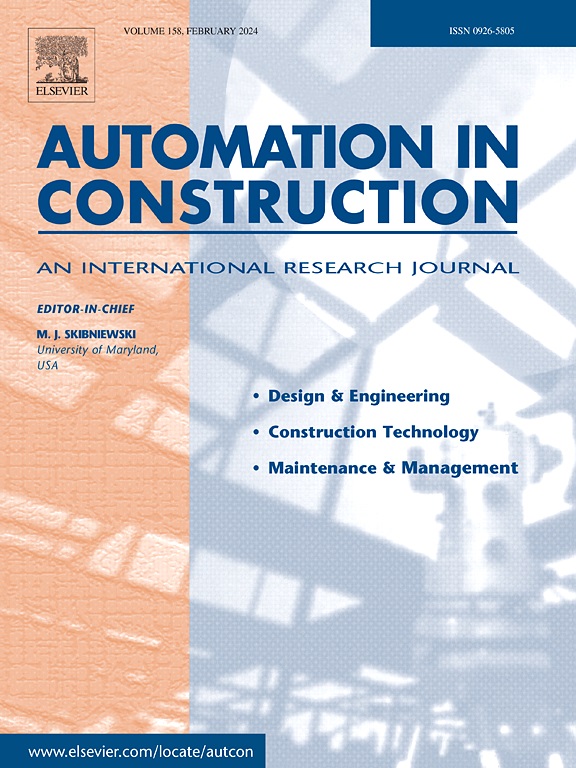Hyperbolic fuzzy set decision framework for construction contracts integrating CRITIC and WASPAS for dispute mitigation
IF 9.6
1区 工程技术
Q1 CONSTRUCTION & BUILDING TECHNOLOGY
引用次数: 0
Abstract
The paper attempts to mitigate disputes during drafting of a construction contract by presenting a decision framework. The research questions considered are to set the main criteria involved and their relative importance in contract clauses selection and evaluate the priority of different contract clauses. In response, the paper presents an integrated framework involving hyperbolic fuzzy data, CRiteria Importance Through Intercriteria Correlation (CRITIC) method for criteria weight calculation, and query-based Weighted Aggregated Sum Product ASsessment (WASPAS) method for determining personalized priority of contract clauses. Results infer that work termination, customer reserve, guarantee periods and responsibilities of contractor/customer are the key criteria, and contract under the Fédération Internationale des Ingénieurs-Conseils (FIDIC) Yellow Book is of top priority. Such integrated framework serves as supplement to contractors and customers for prompt and rational decision-making by reducing human intervention, managing uncertainty, and reducing bias/subjectivity. In the future, plans are made to include a priori information into the decision framework.
求助全文
约1分钟内获得全文
求助全文
来源期刊

Automation in Construction
工程技术-工程:土木
CiteScore
19.20
自引率
16.50%
发文量
563
审稿时长
8.5 months
期刊介绍:
Automation in Construction is an international journal that focuses on publishing original research papers related to the use of Information Technologies in various aspects of the construction industry. The journal covers topics such as design, engineering, construction technologies, and the maintenance and management of constructed facilities.
The scope of Automation in Construction is extensive and covers all stages of the construction life cycle. This includes initial planning and design, construction of the facility, operation and maintenance, as well as the eventual dismantling and recycling of buildings and engineering structures.
 求助内容:
求助内容: 应助结果提醒方式:
应助结果提醒方式:


